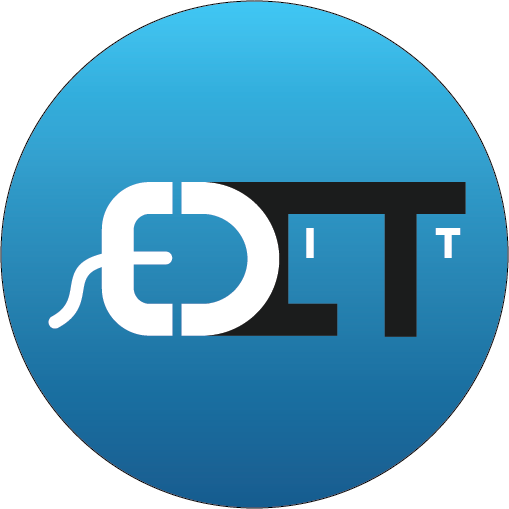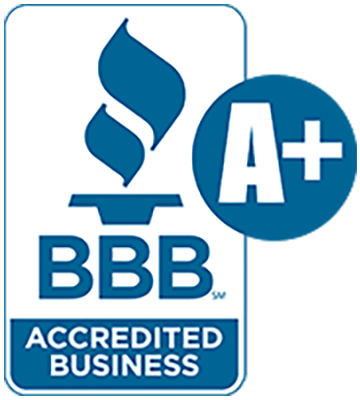In today’s digital era, customers expect information, resources, and services to be readily available from anywhere in the world. To deliver on customers’ expectations and leverage the best of on-premises and public cloud offerings, many enterprises use a mix of on-premises and cloud-based architectures.
The freedom to choose from many architectures and deployment strategies results in hybrid networks, which are challenging to secure due to disparate security management consoles that lack consistent security policies across these environments.
So then how do Ops teams protect their hybrid environments? The most effective approach is to create a single unified policy, which can then be applied to any environment through a centralized console, to avoid unnecessary operational headaches. A single unified policy is easily achievable via one-policy framework. Organizations with homogeneous environments can benefit equally from a one-policy framework and can adapt to future architecturalchanges with ease.
With that said, let’s dive further into the one-policy framework and find out how Ops teams can embrace this strategy to easily secure their hybrid IT environments by achieving operational alignment.
Hybrid network architectures and environments
Enterprises of any size may either use just one type of infrastructure for building and securing their network or a combination of infrastructures, depending on their needs. They may have, for example, all physical firewalls protecting their network or a combination of physical, virtual, and containerized firewalls deployed across their hybrid network.
Some applications may be running on bare-metal servers in an on-premises data center, while others may be deployed on virtual machines or may run as containerized or serverless applications in the public cloud. Also, in today’s mobile world, the location of applications, users, and devices changes often. The point is, there are numerous ways for organizations to deploy their networks by choosing different architectures depending on their individual business needs.
Even if an organization’s infrastructure and software environments are highly homogenous today, they may only sometimes stay that way. They may, for example, move some workloads from an on-premises data center to a public cloud in the future — or at least have the flexibility to do so.
Hybrid networks raise various security concerns and require a different approach to secure them effectively.
The one-policy framework offers a simple solution
With multiple security management tools and disparate consoles, it's challenging for security ops to maintain a single, consistent policy across their hybrid network. This results in security policy gaps and misconfigurations, leaving the network open to cyberattacks and compliance issues.
The one-policy framework addresses the security challenges arising from a lack of consistent policy across hybrid environments. With a one-policy framework, Ops teams can create a single policy and apply that consistently to the various enforcement points — hardware, virtual, cloud-native, and cloud-delivered firewalls — securing users, applications, and infrastructure across their network. Security teams do not need to manage multiple management consoles, thus saving time and unnecessary operational headaches.
These security policies follow users, devices, and applications wherever they go for a seamless user experience. For example, the policy applied to a user remains the same irrespective of their location. Similarly, the policy applied to a workload remains the same regardless of if it's moved from on-premises to the cloud or vice-versa.
A one-policy framework is a bedrock for a successful Zero Trust implementation, which is a context-based, policy-driven architecture based on the principle of “never trust, always verify.” Suppose your organization is looking to adopt Zero Trust architecture. In that case, you must choose a security solution that truly supports a one-policy framework for a simple network, better user experience, and improved security defense.
A one-policy framework provides five major benefits, including the ability to:
- Centralize policy management: Benefit from a simple, seamless policy management experience delivered via a centralized console.
- Bolster security: Create policies once and apply them anywhere, reducing misconfigurations and avoiding security gaps.
- Achieve accelerated operational scale: Create and deploy policies across any network environment regardless of the size and update policies in real time without waiting for rollout.
- Achieve consistent user experience: Users have a seamless experience regardless of location since the policy follows the user, applications, and devices wherever they are.
- Enable Zero Trust adoption: One-policy framework is the cornerstone of the context-based, policy-driven Zero Trust model and enables its adoption by simplifying policy creation and application.
Conclusion
A one-policy framework is essential for keeping users, applications, and infrastructure secure in the hybrid IT environments that power enterprises today. Suppose your organization relies on solutions that do not truly deliver a one-policy experience, or you rely on a siloed strategy that centers around numerous tools, processes, and people for various IT environments. In that case, you undercut your ability to scale and adapt to the future.
Learn how Juniper Networks secures hybrid networks using the one-policy framework.

